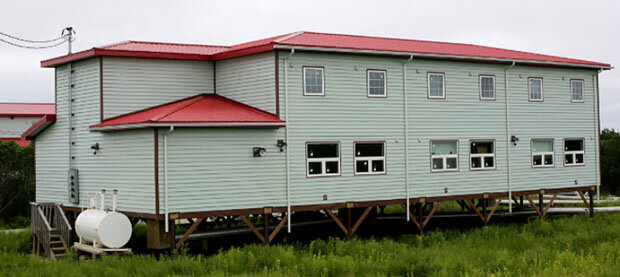What can people do about the expected impacts of global warming?
With continued increases in heat-trapping gases, particularly carbon dioxide, models and paleoclimate data indicate that there will be changes in average temperatures, precipitation patterns, drought occurrences, and the frequency of extreme events. These changes can be a threat to humans as noted above in answers to previous questions. The distribution of these changes around the globe will not be uniform so some areas will experience more changes than others.
Elevating buildings above anticipated floodwaters can reduce the cost of flood insurance. Photo from FEMA FloodSmart.
Societies, governments, and individuals can take steps to reduce risks and vulnerabilities to shifting climate and weather events in their homes, communities, and businesses. From infrastructure upgrades to better management of natural resources (like lands, coastal ecosystems, and freshwater reservoirs), to better preparedness and communications when extreme events do occur—people can make human structures and systems more resilient to projected climate-related impacts. Over time, these and other adaptation measures will save lives, money, and valuable resources.
Additional climate choices are summarized in two 2010 reports by the National Academy of Sciences, titled Informing an Effective Response to Climate Change and Adapting to the Impacts of Climate Change.
